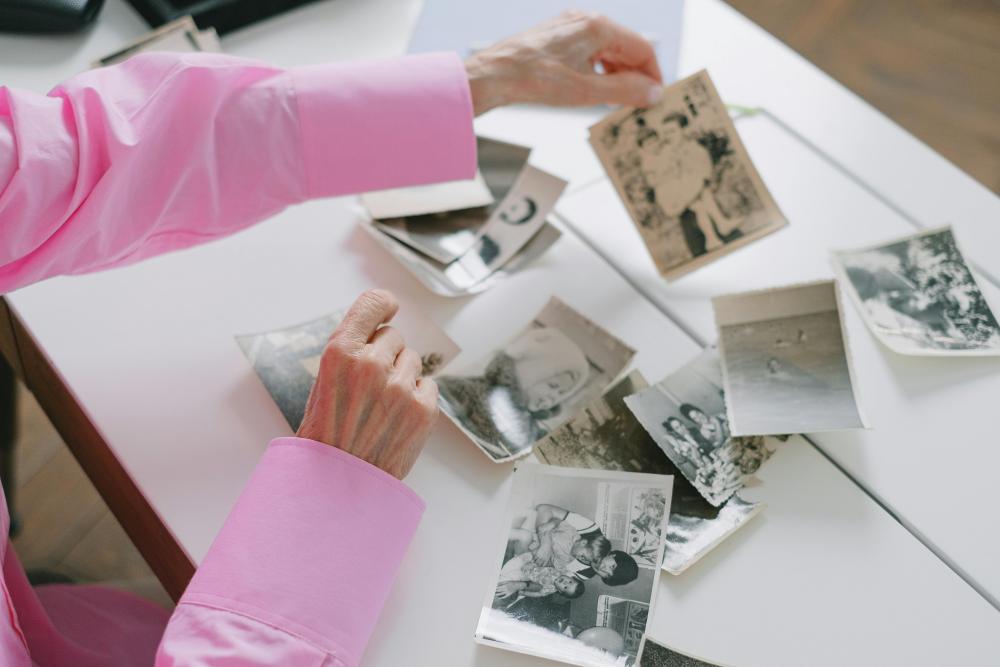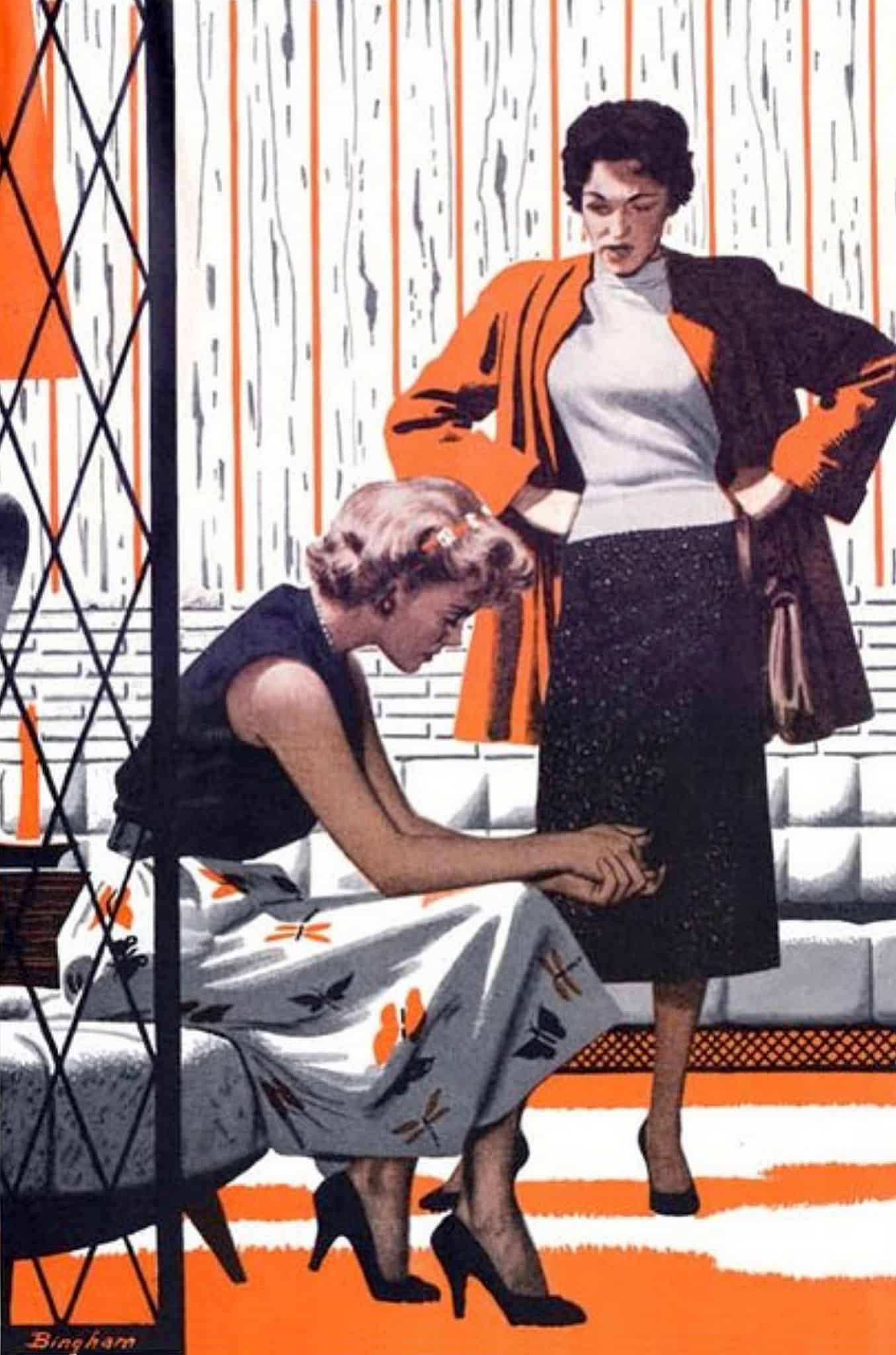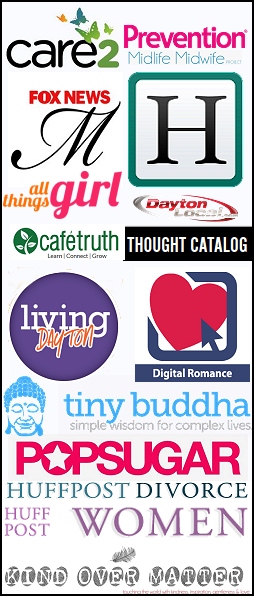Memory attaches to objects – photographs, letters, old T-shirts, and keychains from long-forgotten trips. These objects can sit in boxes and drawers, pressed between the pages of books, or tucked into the back of closets. At first, they don’t seem to take up so much space. But years go by, and suddenly, you’ve got entire rooms full of things that paradoxically feel too important to toss but too useless to keep. One reason why people hold onto these things is because they believe memories live inside them. But memories also live inside our minds; they shift, and we reshape them over time, becoming something separate from the objects themselves. Letting go of the past without losing what matters means finding a way to honor those memories without drowning in physical remnants. It means understanding that the past is already a part of us, whether we keep the objects or not.
One – Why Our Past Matters
A person’s history isn’t just a series of disconnected events. Nope. It’s a structure – layered and complicated. Every experience leaves an imprint, shaping beliefs, decisions, and relationships.
Psychology Today explains that memory is an essential part of our identity. It provides continuity, a sense of self that stretches backward through time. Without memory, people would lose their grounding. They’d drift. The past matters because it informs the present. It offers context and can be used as an emotional compass. It makes sense of everything that comes after it – your present, your future.
The Emotional Weight of Keepsakes
Objects trigger something deep. A childhood toy, an old watch, a set of house keys from an apartment long abandoned – now, these things aren’t just things. They’re emotional vessels, carrying the weight of entire eras. And that’s why parting with them feels impossible. When you think about losing them, you actually think about losing the version of yourself that once held it. But objects degrade. They break, get lost, fade. If memory is stored inside them, then memory becomes fragile, too.
Two – Letting Go of the Past Without Losing What Matters
There’s a way to hold onto the past without keeping stacks of dusty boxes. The solution is digitization—scanning, uploading, preserving. Photographs, letters, home movies, childhood drawings—these priceless memories can be transformed into digital files. With assistance from Capture, a leading professional media digitization service, you can protect your memories from time’s decay and keep them safe to enjoy and share whenever you want.
Instead of erasing personal history, digitization protects it. A hard drive full of carefully organized memories is easier to access than a storage unit filled with forgotten albums. A cloud backup means never losing a single moment, no matter what happens to the physical copies.
Photographs Without all the Dust
Old photos are delicate. They curl at the edges, fade in the sun, and gather dust in attics and basements. The more precious they are, the harder they are to look at – because they risk damage every time they’re handled.
But once digitized, they become something different. A collection of images that can be accessed instantly shared, and preserved forever.
A childhood snapshot isn’t any less real because it exists on a screen instead of paper. The memory it holds is the same.
Home Videos, Rescued from Obsolescence
There was a time when VHS tapes were the height of technology. Now they sit in boxes, unwatched, slowly degrading. Even if they survive the years, the devices needed to play them disappear. Digitizing home videos preserves these moments for future generations. You can save a child’s first steps, a family vacation, and a grandparent’s voice in a format that outlasts the original medium.
Preserving Words on Paper
Letters, journals, handwritten notes – these things carry a different kind of weight. The ink, the paper, the way a person’s handwriting slants in a certain direction. There’s something deeply personal about them.
Scanning them doesn’t replace the feeling of holding them in your hands, but it does ensure the words are never lost. A letter can be misplaced. A journal can be damaged. A scanned copy remains, no matter what happened to the original.
A Different Kind of Keepsake
You don’t have to keep everything in its original form. It is possible to transform some objects into something more meaningful.
You can turn a child’s artwork, stored in bins, into a photo book. Also, you can make a quilt from a collection of old T-shirts that are too worn to wear. You can bind a set of love letters into a keepsake book, small enough to keep on a shelf instead of in a box in the attic.
The past doesn’t disappear when you change its shape. You just make it easier to carry.
Making Some Space for the Now
Clutter doesn’t just take up physical space. It takes up mental space, too. Rooms full of old belongings create a sense of being stuck – rooted in the past, unable to move forward.
Letting go of excess doesn’t erase history. It allows people to live fully in the present. It creates space for new memories, new experiences, and a life free from things that no longer serve a purpose.
You carry the most important parts of the past forward, even without the objects that once seemed essential.
Conclusion
People think that keeping physical objects preserves memories. But you don’t need to store memory in boxes, only for layers of dust to cover them. It exists well beyond the things that once held it.
Letting go of clutter doesn’t signify letting go of the past. It actually means choosing which pieces of your past should be going forward and which ones can be safely stored in another way. Some objects deserve a permanent place – a favorite book, a worn-out sweatshirt that still feels like home. Luckily, you can digitize most of it.
You don’t have to print photographs to be real. Videos don’t have to sit on old tapes to hold meaning. Letters don’t have to be physical to cherish them. And the past isn’t something that can be lost. It’s already in the fabric of who we are.









